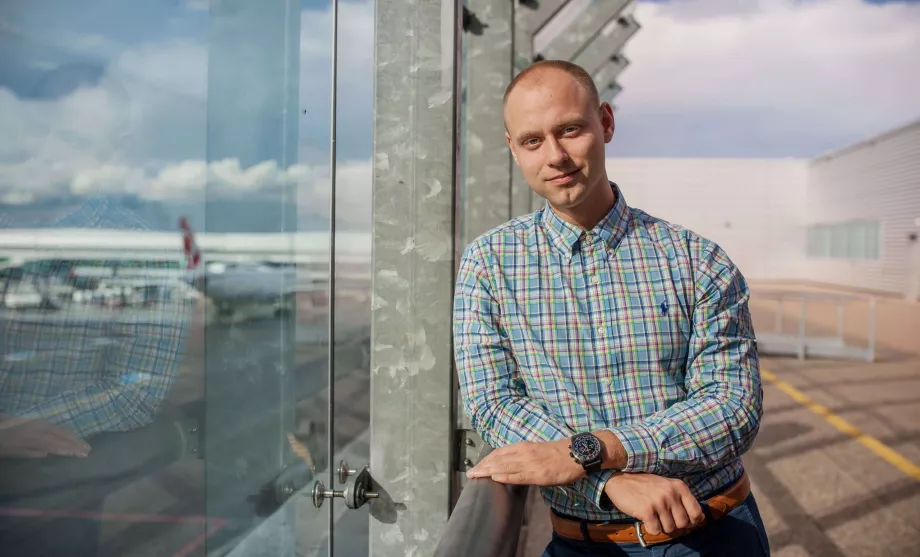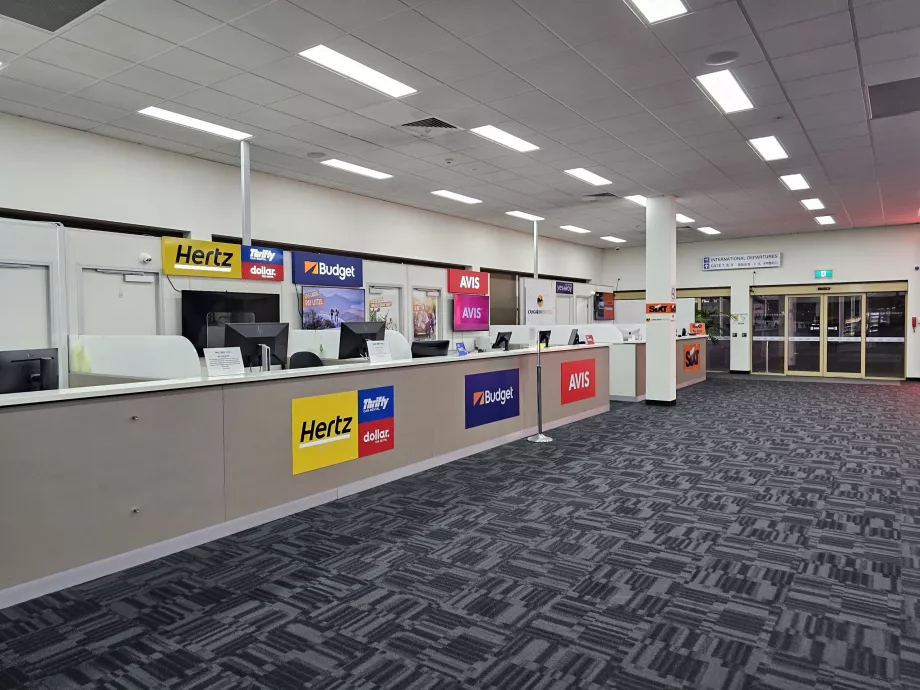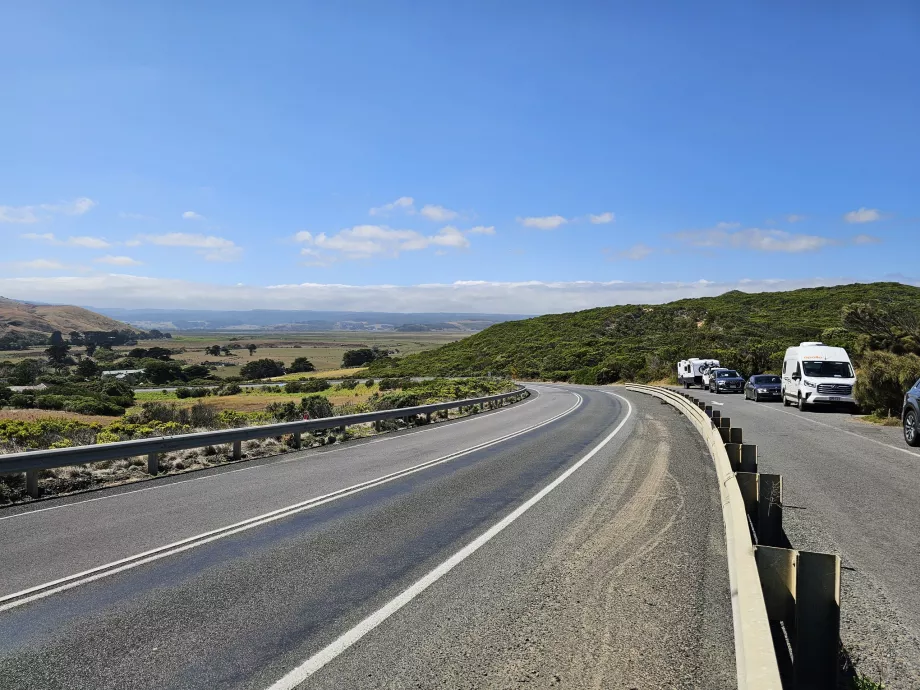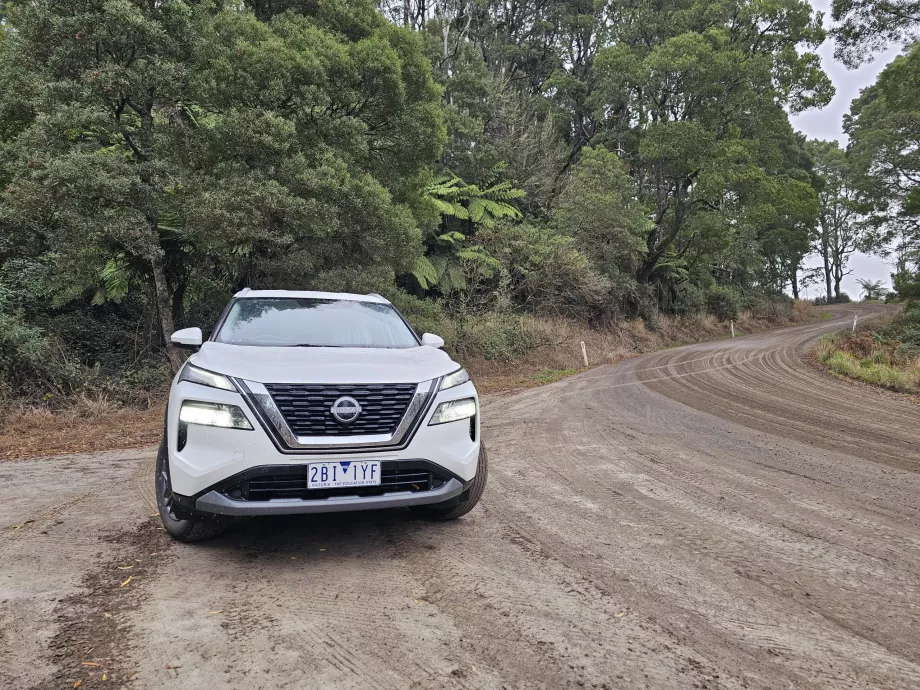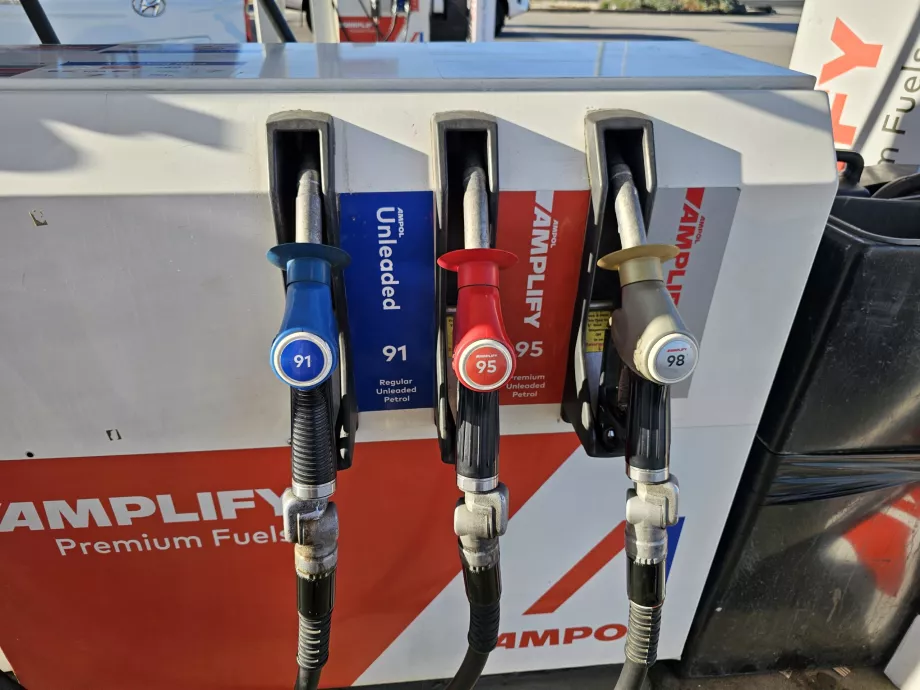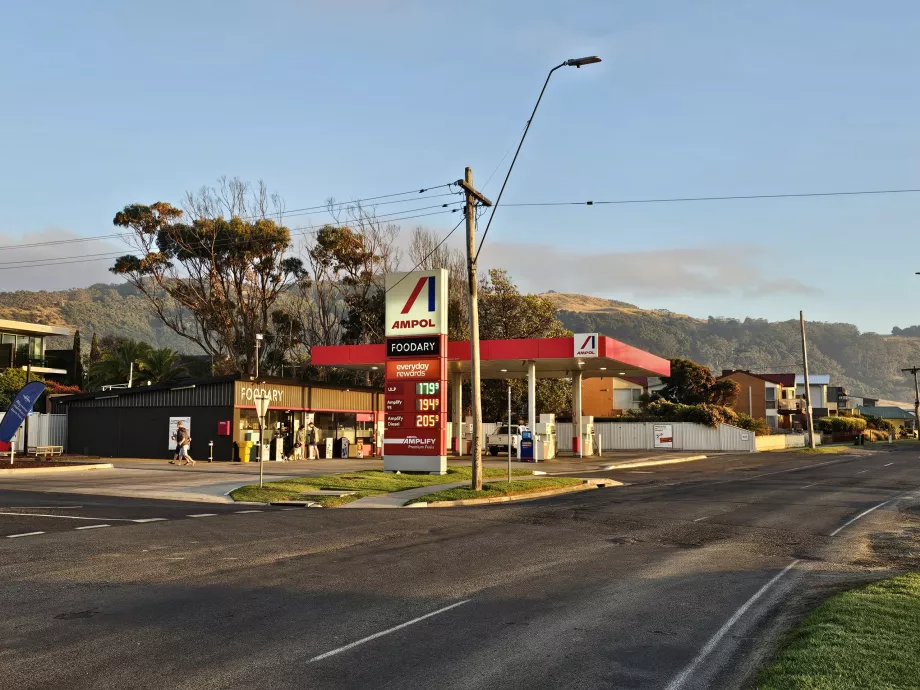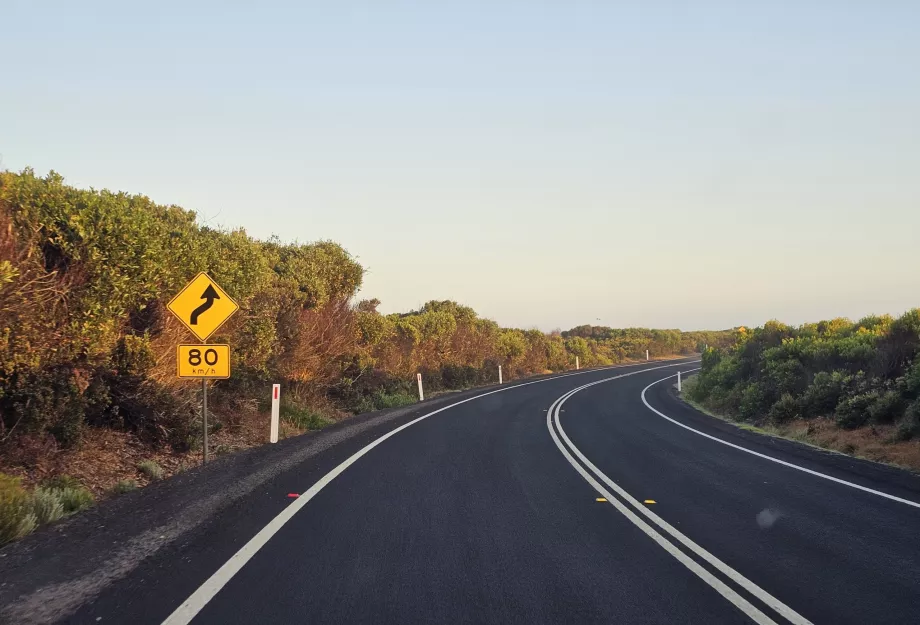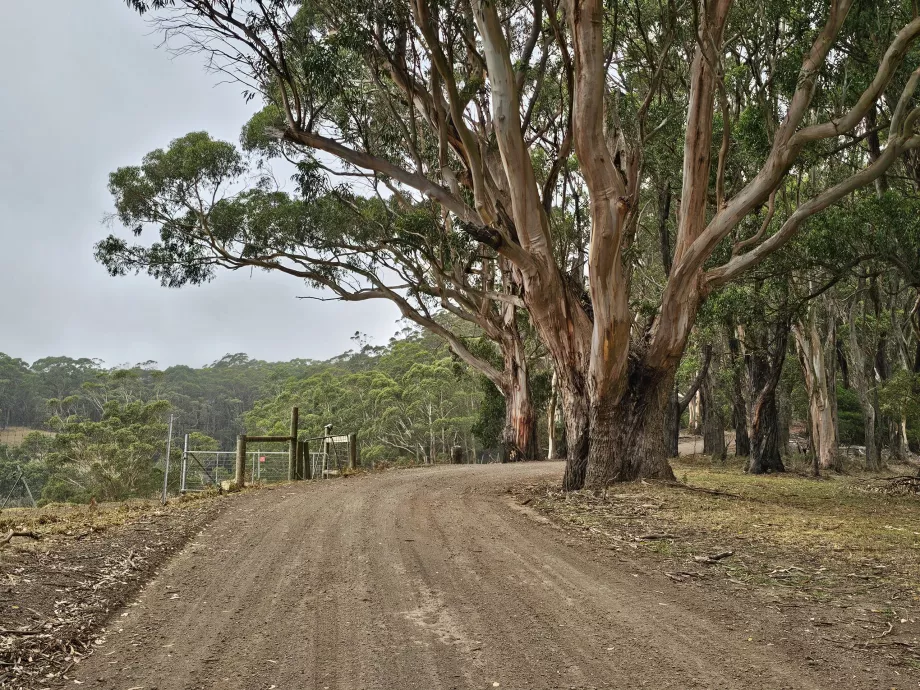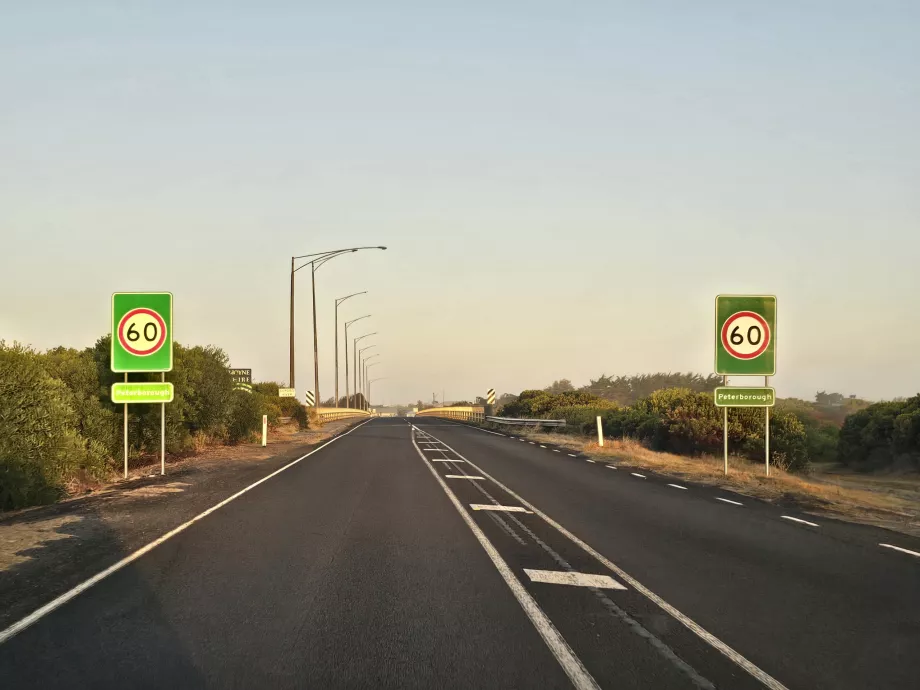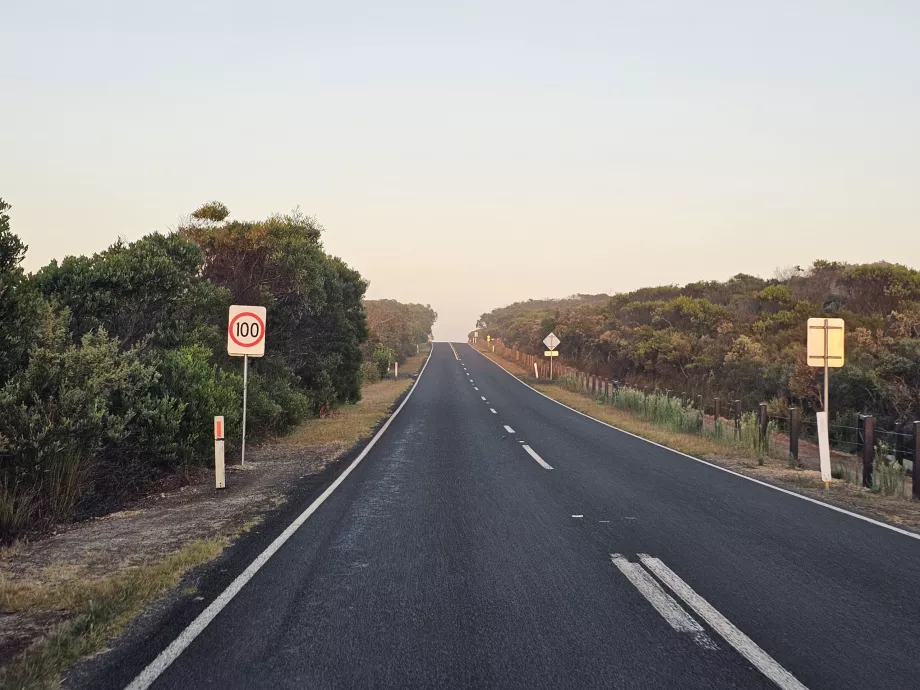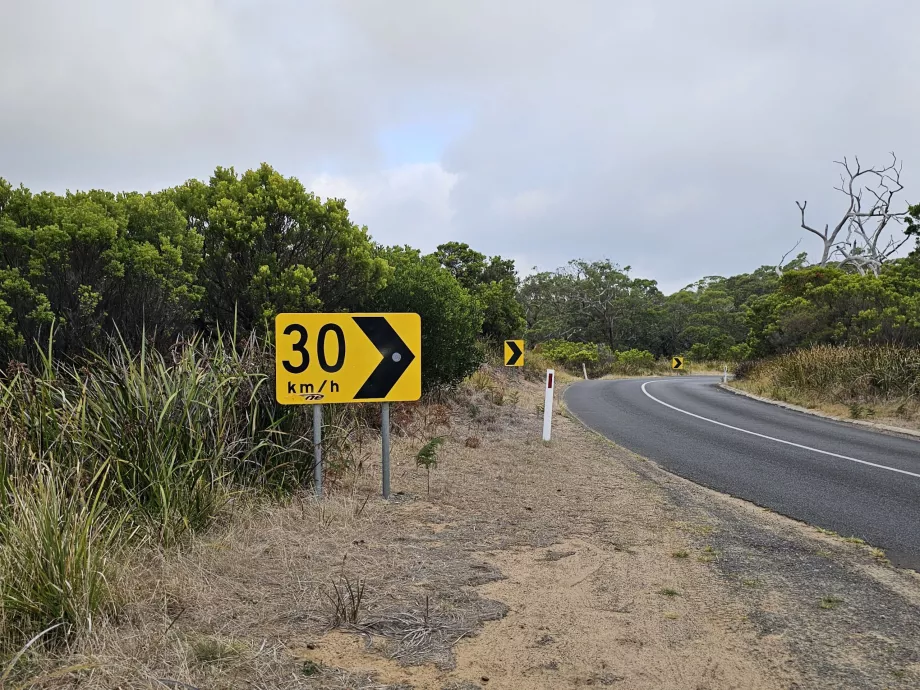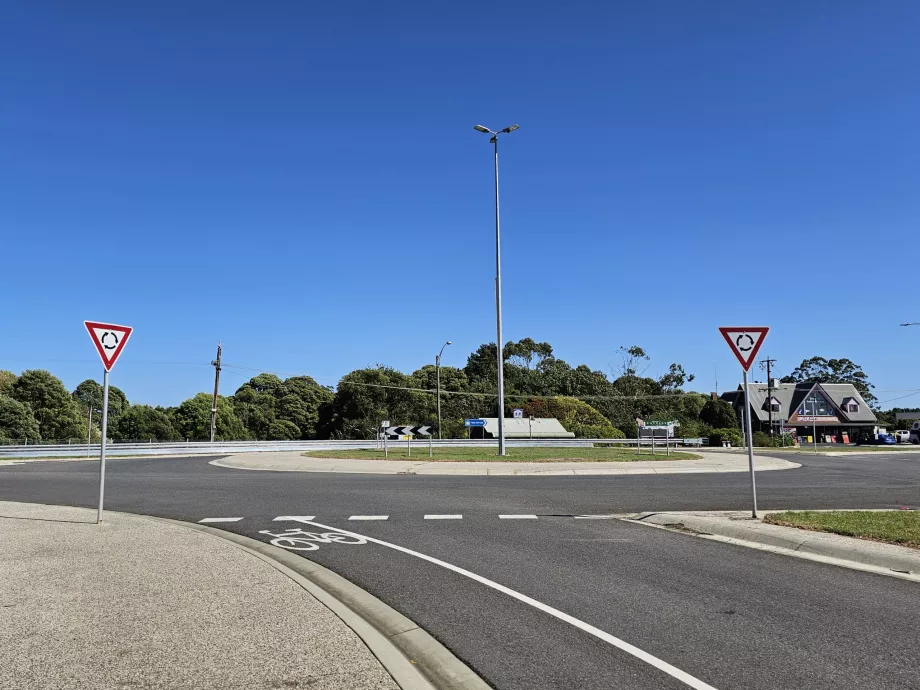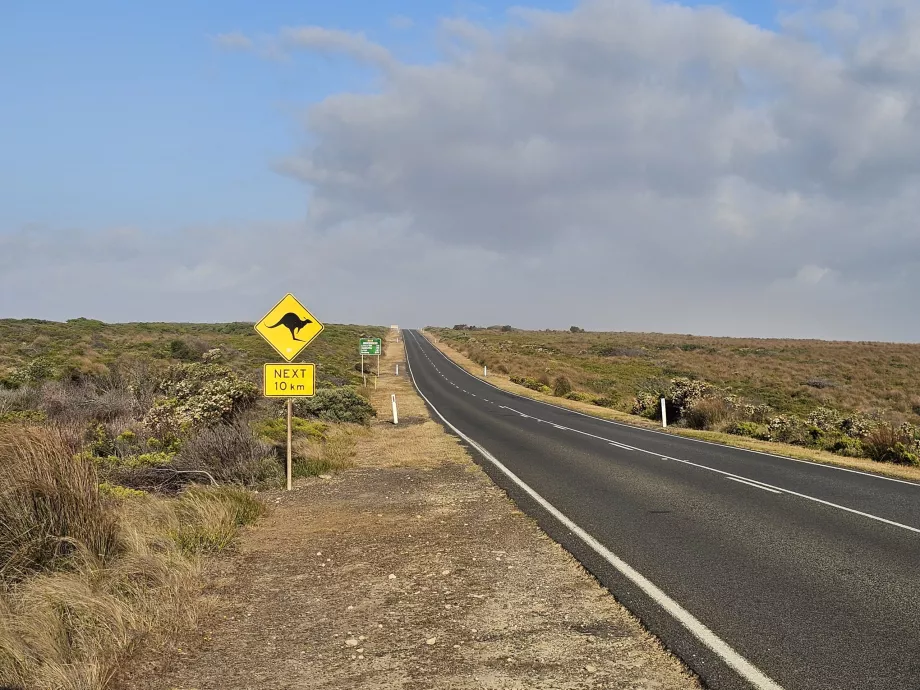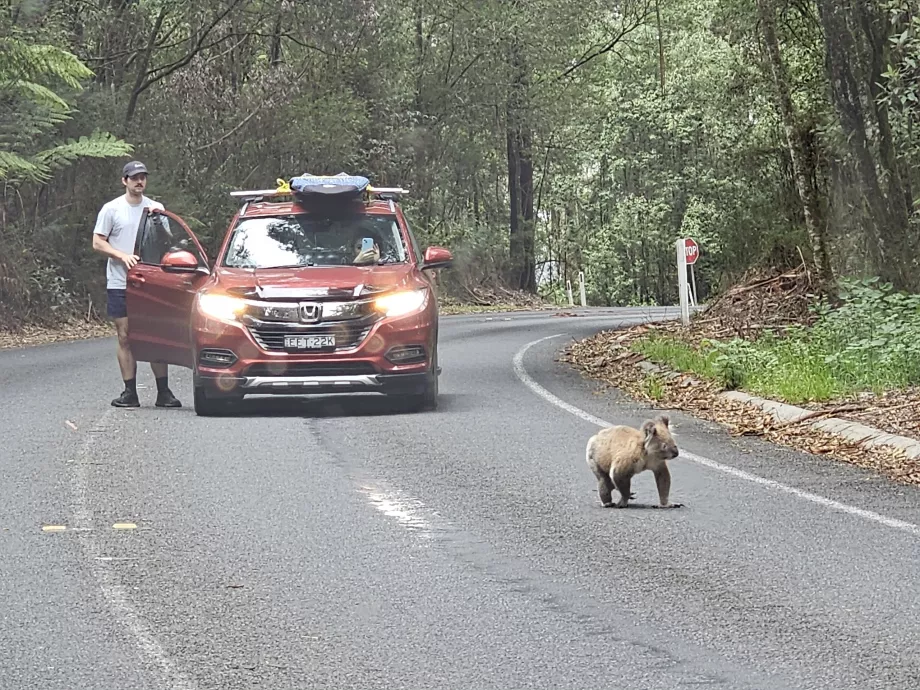Car rental in Great Ocean Road
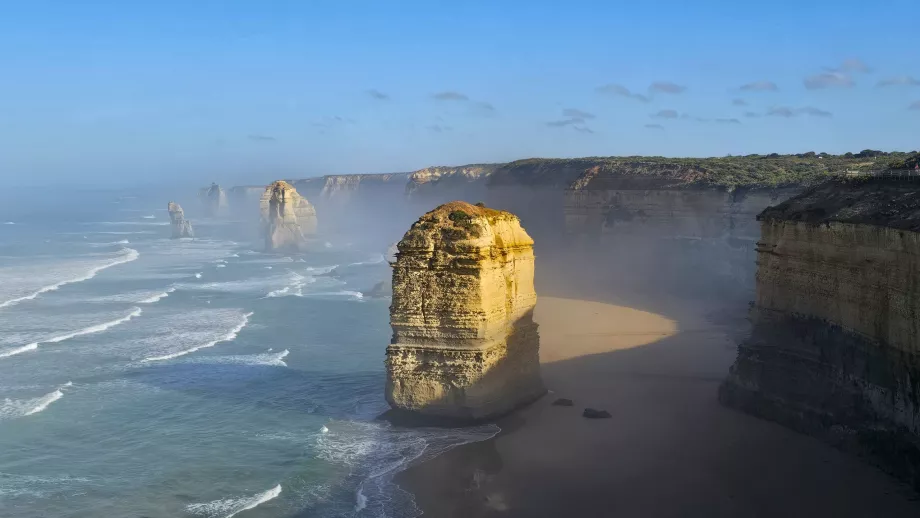
In Australia, you drive on the left.
Travelling the Great Ocean Road by car is relaxing thanks to the quality of the main roads and generally very considerate drivers.
How and when to book a car
If you're going on a road-trip along the Great Ocean Road, ideally rent a car directly from the airport when you arrive in Australia or in the major city you're flying into.
In Melbourne or Adelaide, car rental companies have branches in the airports as well as in the city centres, but prices are usually the same or very similar.
So if you're staying in Melbourne or Adelaide for a few days, rent a car on the day you leave at Great Ocean Road.
In high season (December-February) we recommend booking 2-3 months in advance for the lowest price.
In the low season, you only need to book 2-4 weeks in advance.
However, it is best to make a reservation with the option of free cancellation up to six months before your trip and check prices from time to time to see if a better deal comes up.
Most car rentals in the Great Ocean Road area can be found at the following locations:
- Compare car rental prices in Melbourne (airport or city centre)
- Compare car rental prices in Adelaide (airport or centre)
- Compare car rental prices in Avalon-Geelong airport
- Compare car rental prices at Mount Gambier airport
Car Rental Prices
Car rental prices are relatively low in Australia due to the high competition, especially in the major cities of Melbourne and Adelaide.
The highest rental prices are at the small regional airport of Mount Gambier, where only a few rental companies have a branch.
Generally slightly lower prices are offered by car rental companies in Adelaide and slightly higher in Melbourne. On the other hand, Melbourne is only 100 km from the Great Ocean Road, while Adelaide is over 600 km away.
Prices also vary according to the season.
- Weekly rental peak season (December to February): from 410 aud
- Weekly rental off-season (May to October): from 290 aud
- Book a car in Melbourne (airport or city centre)
- Book a car in Adelaide (airport or city centre)
Prices for larger SUVs are often only slightly higher or even the same as regular compact cars.
One-way rental (return the car at another location)
One-way trips are extremely popular among tourists in Australia. For example, you can rent a car in Melbourne and return it in Adelaide.
Unlike some other countries (such as the USA, South Africa or Canada) where one-way rentals are often very cheap, Australia is unfortunately the opposite.
The fee for a one-way rental and returning the car in another city are often 3-4 times the cost of the rental itself.
If the Great Ocean Road is your main destination, it's worth picking up and returning the car in Melbourne and possibly flying to Adelaide to re-rent the car and drive around the city.
How long do I rent a car for?
As elsewhere in the world, the longer you rent a car, the lower the price per day.
You can drive the entire Great Ocean Road in 1 day, but most tourists rent a car for 4-7 days.
Will you need an SUV or 4x4?
Most attractions along the Great Ocean Road and in the interior of Great Otway National Park are accessible by well-maintained roads.
The main Great Ocean Road is a very good quality wide tarmac road passable without the slightest problem for all types of car.
Gravel or dirt roads lead to many of the beaches, waterfalls or viewpoints, but even these secondary roads are passable with care for all types of car in the vast majority of cases.
However, we would still recommend renting a larger SUV, which is infinitely more comfortable on the back roads than small cars.
In addition, rental companies usually have prices for large SUVs that are the same or only slightly higher than smaller compact cars.
International driving licence and other documents
All car rental companies in Australia officially require the following documents:
- National driving licence from your country
- International driving licence
- Credit card (however, many rental companies nowadays also accept regular debit cards, as long as there is enough money on them for a deposit)
Petrol prices and petrol stations
Petrol is generally relatively expensive in Australia. European units of measurement are used here, so all prices are per litre.
Petrol prices range from 1,55 aud to 1,70 aud per litre depending on current prices.
How do the petrol stations on Great Ocean Road work?
There are petrol stations in all towns along the coast and inland and all are self-service.
When you arrive at the pump, you fill up any amount of petrol yourself and then go inside the store to pay. Payment can always be made by card or cash.
Many petrol stations have limited opening hours for the valet shop, but you can usually fill up 24/7. If you fill up outside of opening hours, you first confirm how much petrol you want at the machine with your debit or credit card before you go to fill up.
Australia uses slightly different petrol labelling than, say, Europe or the US.
Here, basic unleaded petrol is referred to as 91 octane. The higher octane numbers 95 or 98 are only used for premium fuels.
The vast majority of rental cars use 91 unleaded petrol.
Road quality and markings
The quality of the roads along the Great Ocean Road is excellent. The main roads are well signposted, including longitudinal markings, good verges and very useful speed advisory signs before each bend.
The tarmac main road runs along the entire coastline and the main roads to all the towns in the inland part of Great Otway National Park are also tarmac.
The secondary roads, although in the vast majority of cases only gravel, gravel or dirt roads, are still well maintained and tend to be passable even in the rain.
Traffic regulations
In Australia, driving is on the left.
Drivers are very considerate and obey traffic laws.
You don't have to worry about dangerous fast driving or nervous overtaking if you drive more carefully than the locals.
Speeds
Speeds are measured in kilometres per hour and the maximum speed limits are as follows:
- In built-up areas - 50 km/h (approx. 32 mph)
- Outside a built-up area - 100 km/h (approx. 62 mph)
In some smaller communities, however, higher speeds are allowed (usually 60 or 70 km/h).
In the centres of larger towns, on the other hand, the speed is often reduced to 30 or 40 km/h and everyone obeys it!
The maximum speed limit is marked by a circular sign with a red border.
Most bends are preceded by yellow speed limit signs, which is very useful for first-time drivers.
Priorities and roundabouts
At conventional junctions not controlled by traffic lights or signs, right of way applies.
At T-junctions, cars on the through road always have the right of way over cars on the road that ends at the junction.
Roundabouts are common, where the car on the roundabout always has the right of way. You signal before entering a roundabout as if you were approaching a normal junction, i.e:
- I am leaving the roundabout by the first exit - flashing right
- Leaving the roundabout by the second exit (or the first if directly opposite) - do not flash
- Leaving the roundabout by the last exit - flashing left
When you are already on the roundabout, you always flash right just before leaving the roundabout.
Alcohol, seat belts and talking on the phone
Wearing seat belts is compulsory and talking on the phone while driving is strictly forbidden. Earphones are not allowed either.
In Australia, the blood alcohol tolerance for driving is up to 0.05%.
Parking
Parking is free everywhere along the Great Ocean Road.
You will find parking at all viewpoints, natural attractions and you can park easily in the centres of larger towns such as Apollo Bay, Lorne and Port Campbell.
Common driving hazards
The biggest risk when driving on the Great Ocean Road is the wildlife on the road.
The biggest risk is from kangaroos, which are abundant in the area. They appear on the road without warning and the greatest risk is at night and in the early evening.
The unpaved side roads are often quite narrow with lots of bends, so it is always advisable to slow down before bends.
Any questions left?
If you have any questions or comments about the article...
